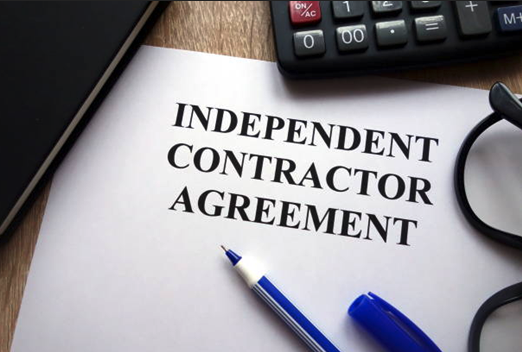Safety Warning Issued Over Noise-Induced Hearing Loss in Mines
Western Australia’s Department of Mines Industry Regulation and Safety (DMIRS) recently issued a safety bulletin advising operators of the dangers regarding noise-induced hearing loss in mines.

Western Australia’s Department of Mines Industry Regulation and Safety (DMIRS) recently issued a safety bulletin advising operators of the dangers regarding noise-induced hearing loss in mines.
While most mining operations have noise control programs in place, the primary focus for preventing noise-induced hearing loss (NIHL) is usually to provide hearing protective devices (HPD) rather than reducing noise emissions by higher-level controls such as substituting equipment for a quieter version or installing an engineered noise enclosure.
Exposure to prolonged or excessive noise has been proven to cause permanent hearing loss and tinnitus (a high-pitched ringing in the ears).
Both conditions are debilitating with serious impacts on the health and quality of life of affected persons and their families.
A range of other issues are also associated with exposure to excessive noise, including stress, high blood pressure, poor concentration, productivity loss, communication difficulties and cardiovascular disease.
Data collected by the Department clearly shows that the use of HPD is often not a reliable control due to incorrect fitting, or failure to use the devices when in a high noise area.
Persons at risk of NIHL and high noise emitting equipment are identified in the site’s noise survey.
A noise survey report and noise control plan are requirements of the Mines Safety and Inspection Regulations 1995 (MSIR).
The MSIR require engineering controls to be implemented if a person is likely to be exposed to noise levels (without the effects of HDP) above 85dB(A) or peak noise above 140dB(lin).
If it can be demonstrated that engineering controls are not practicable, then exposure times must be reduced.
If these controls are still not adequate, further controls in the form of mandatory instruction and training, signage, and the supply and maintenance of hearing protective devices is required.
The bulletin said that an employer is required to verify that the controls are effective in preventing exposure to the hazard.
In addition, the Workers’ Compensation and Injury Management Act 1981 (WCIM Act) requires employers to conduct baseline hearing tests for all workers who are likely to receive a personal (8-hour equivalent) dose exceeding 90dB(A).
Article originally published by the Australian Institute of Health and Safety.





